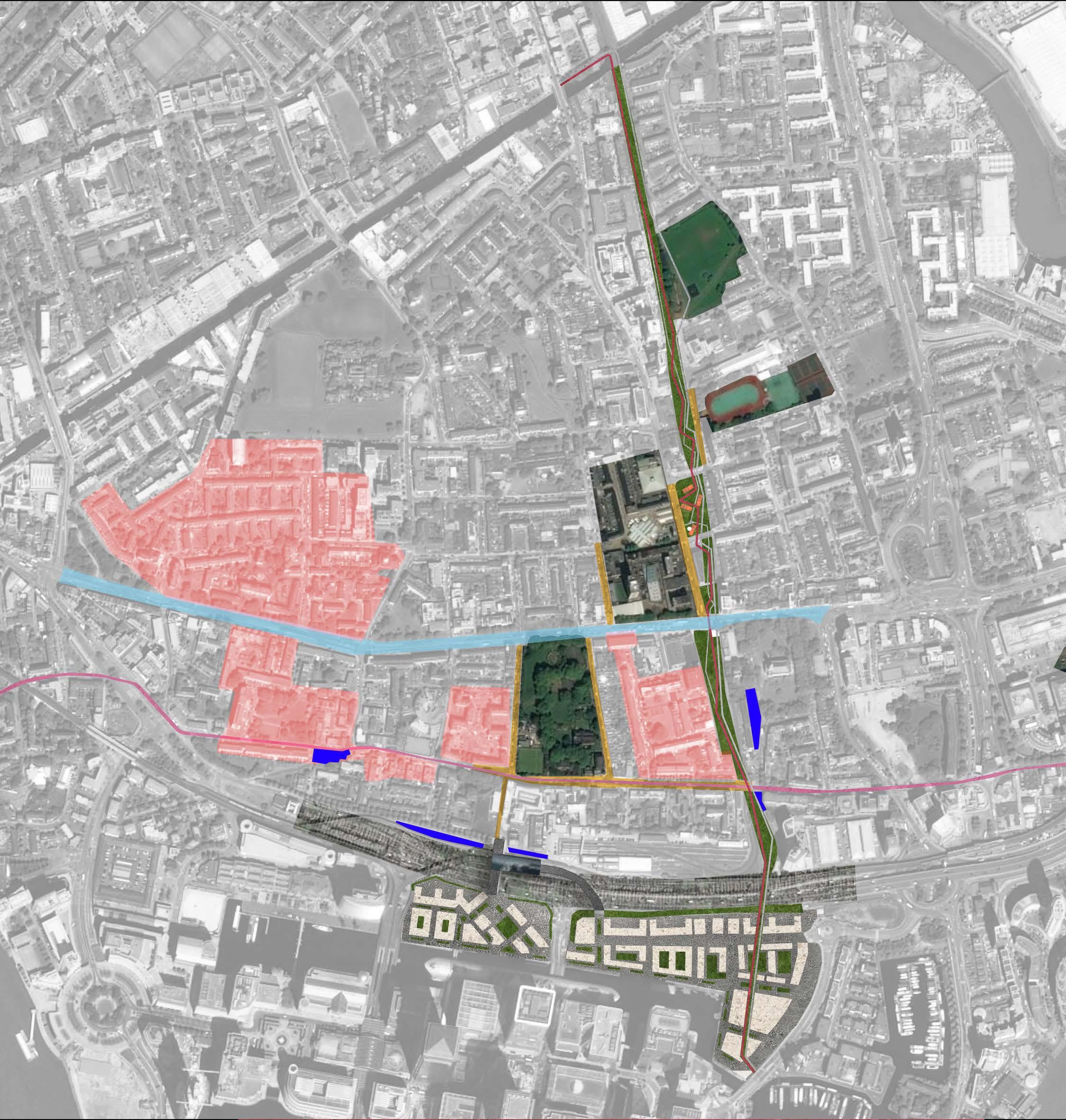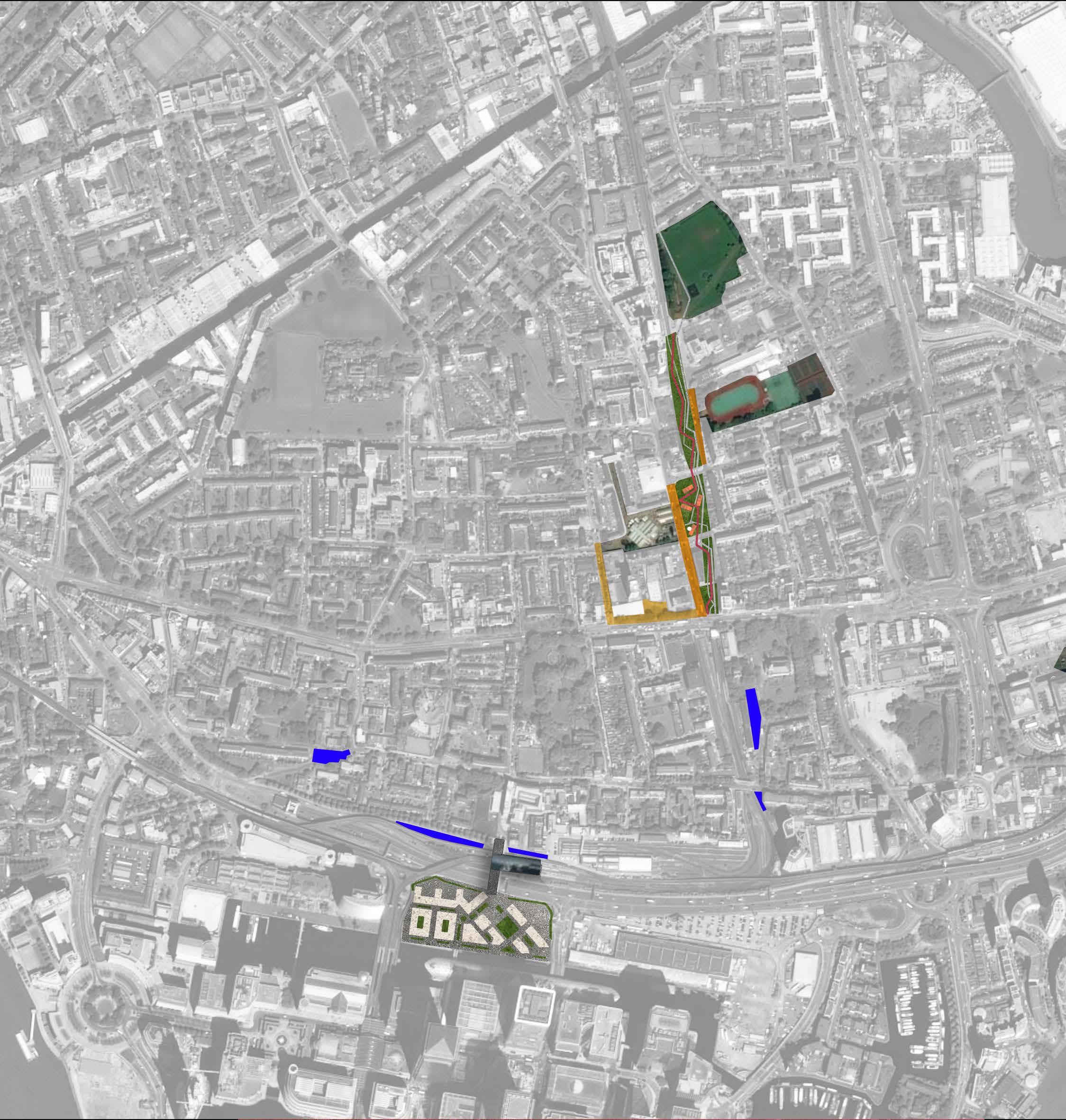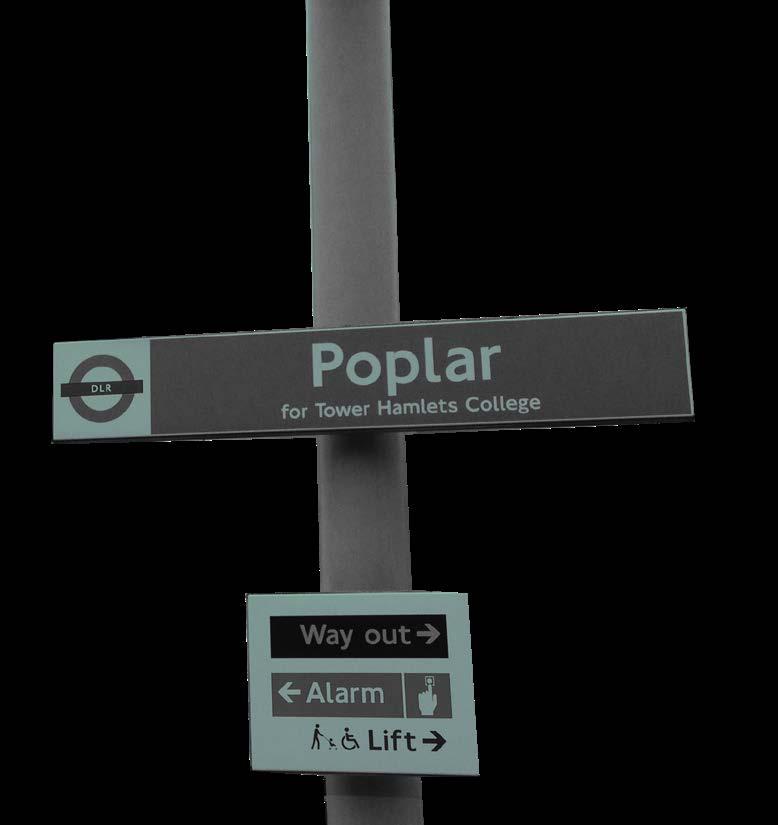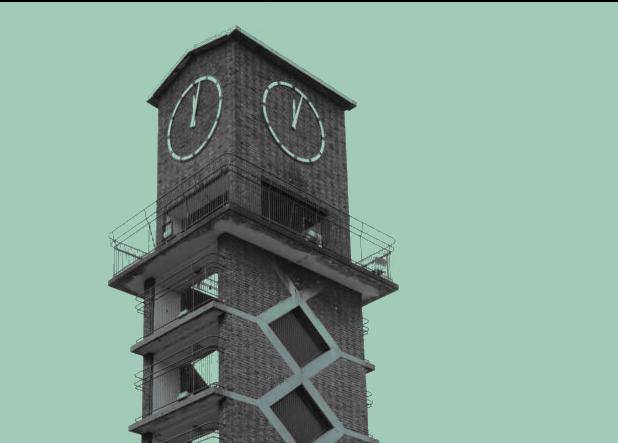
2 minute read
The Future: 30+ Years
from W19P298
by PDF Uploads
06 PHASING
THE FUTURE? 30+ YEARS
Further extensions of the green link would be possible beyond Limehouse Cut and onwards to Bow and Stratford. This would create a linear link connecting Poplar to Canary Wharf to the South and Stratford to the North. Further opportunities for creating new green links are possible, perhaps with the possibility to create a green grid stemming from Poplar’s centre out into other neighbourhoods within East London With the projected decline of vehicle use, further streets could be pedestrianised and allocated to pedestrians and cyclists. With most opportunity sites designated for development and housing estates being refurbished, the site of the DLR depot could be developed beyond the 30-year framework. The depot could be relocated elsewhere, or a raised platform could be used and built on in order to maintain the existing use. Planners and built environment professionals are encouraged to be mindful of new opportunity sites coming through for redevelopment which could accommodate for housing growth beyond this 30-year framework.
2025 2030 2035
2040 2045
08 REVIEWING, MONITORING AND FUNDING
REVIEWING AND MONITORING
The review and monitor processes of the framework is vital to ascertain the success of the aforementioned policies in achieving the framework objectives and vision at each phase of implementation.
Monitoring will take the form of frequent reports analysing the impact of the interventions on areas such as: Public health Transport Habits Air Quality Energy Efficiency Economic Vitality Public Welfare Social Housing Public Wellbeing
Periodical surveys aim to collect a variety of data to compare and analyse the framework outcomes. Focus groups representing the general public and specific members of stakeholder groups can provide qualitative information. Personal accounts combined with statistical analysis will provide a clear picture of the outcomes of the interventions.
Moreover, providing an online platform for public comment and engagement for real time feedback from members of the public would be a useful tool for monitoring the success of specific interventions.

Review and monitoring progress once the plan has been delivered at various stages highlights challenges for mitigation at further stages of the framework’s implementation. It also provides the opportunity to amend policies as needed in order to achieve the set objectives. It is recommended that reviews are carried out one year after the project is complete and subsequently four times in the following 25 years.

The following are potential sources of funding:
Heat Networks Investment Project (HNIP), Central Government. Clean Growth Fund, Central Government. Estate Regeneration Fund, Central Government. Good Growth Fund, Greater London Authority. Commisioning Fund, Greater London Authority. Greener City Fund, Greater London Authoirty. Climate Action Fund, National Lottery Community Fund Partnership funding, The National Lottery Community Fund. Livable Neighbourhoods, Transport for London
Funding the projects stated in this document will be possible through a combination of public and private funding through various channels. Funding for particular projects may appeal to specific funding bodies to which they are related.









